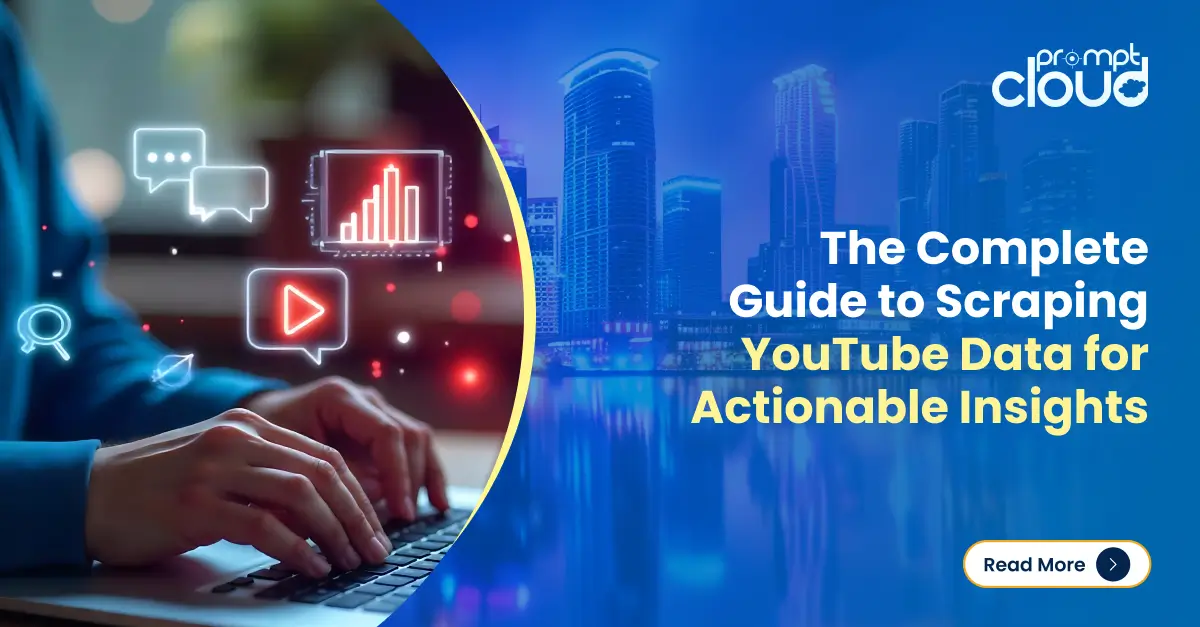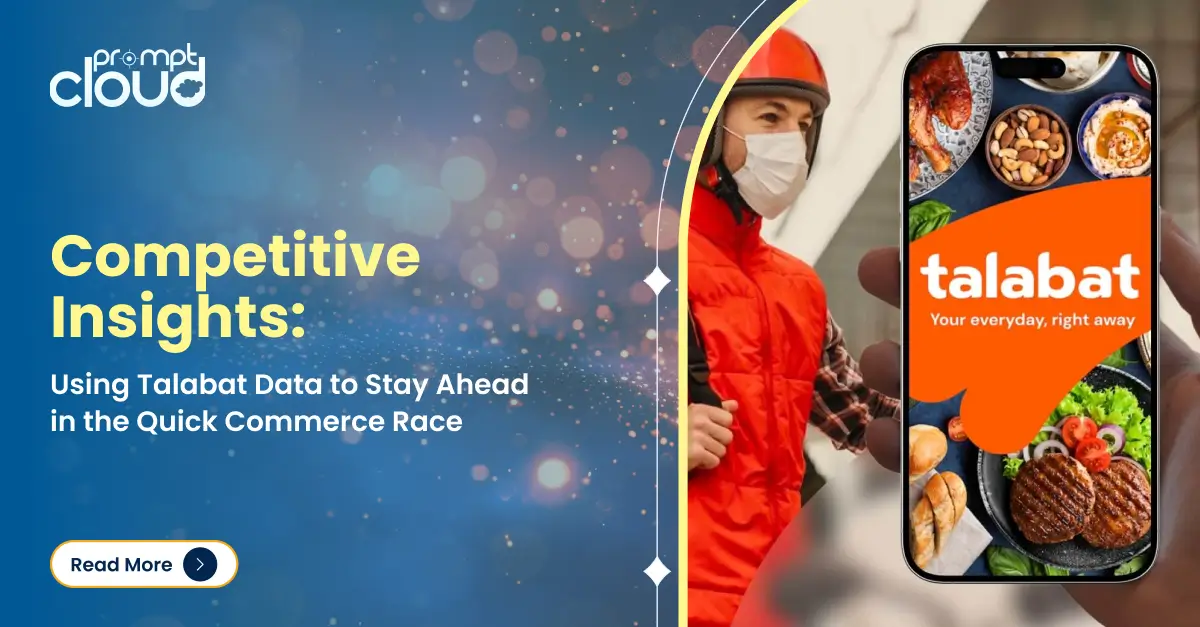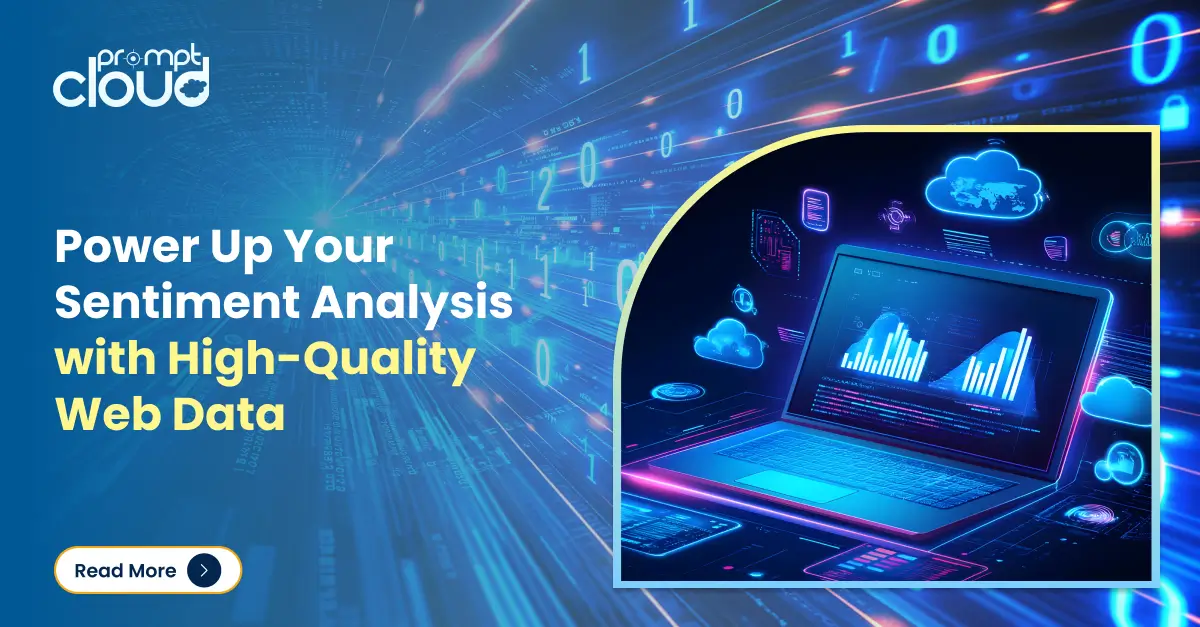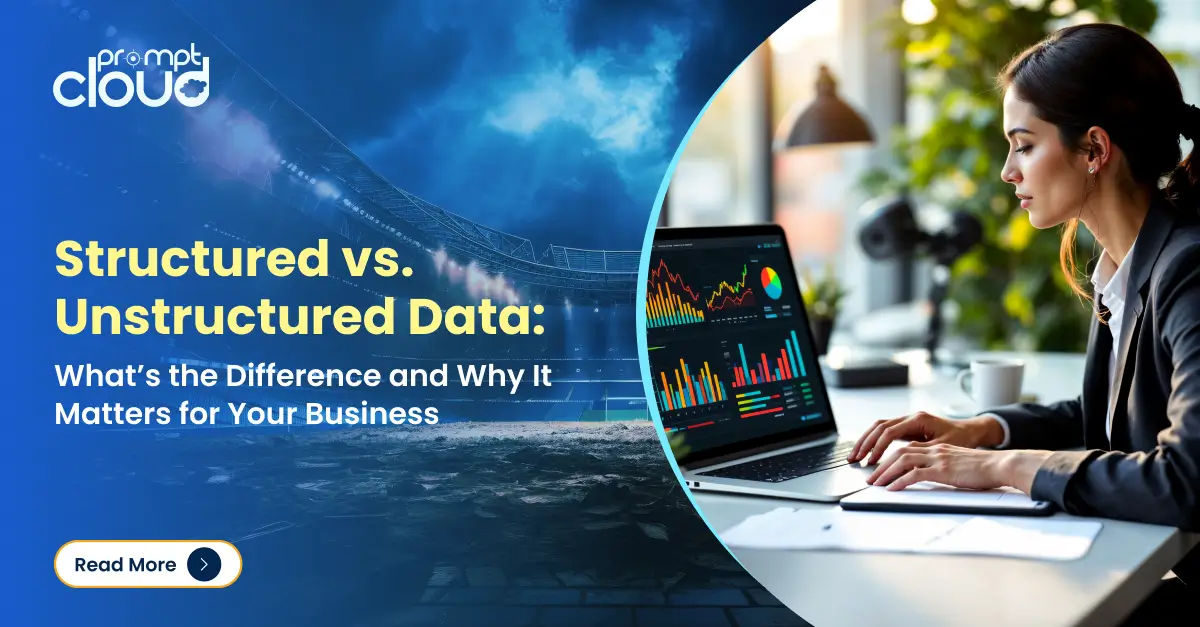
What is Geolocation Data
In simple terms, geolocation data is the physical location of an electronic device either enabled by IP/MAC address or GPS or radio frequency systems. This is used to identify devices connected to the internet to get real-time information with utmost accuracy at any given time. The technology serves as a foundation for retail, logistics services, and apps that operate on location-based strategies. By accessing the internet, the user agrees to the internet protocols that generate either static or dynamic IP addresses assigned to your device. GPS works by generating geographic coordinates like longitude and latitude to determine the location. The devices can range from laptops, cars, tablets, smartphones, watches, or any device enabled by a radar source.
Two types of data can be collected by accessing the geolocation of the device. One is device-based information and the other is data correlation. This data can help brands and businesses to enhance their onsite experience by allowing consumers to easily reach the physical stores nearby their location. Brands can create real-time alerts to promote their products based on the geolocation of users. However, the best benefit is in optimizing conversions through geographical data analysis, which helps in understanding the consumers better.
If you have ever wondered about what is going on nearby, where exactly are you located, and where something is available, chances are you might have used geolocation data. Especially since the pandemic, the rate at which users are accessing the internet has multi-folded in terms of usage, shopping, and getting any generic form of information. Now, there’s just an abundance of internet tech and geodata is really accessible to everybody. Allowing brands and organizations to benefit from leveraging this data for various applications. Let’s deep dive into the ways to access this data and where can you find structured data for large-scale applications. Later, we will look into various use cases and their relevance in today’s market.
Brands can Benefit from ZIP-Code Data
If your brand is operating in the property space, then geo data can reveal a lot of information about the land and buildings. You can list down all the available projects around the assigned Pincode and note all the amenities and features available in the area. You can also measure the general footfall traffic around the commercial spaces. On the other hand, if you are operating in the retail space, brands can get a hold of location-specific data for checking the availability of products, the type of products in stock, calculating the average footfall in the store, and so much more as rightly suggested in this blog by PromptCloud, on how to leverage store location data to improve conversion rates.
Ways to Get Geolocation Data
This data basically fulfills a couple of functions, like keeping a tab on the consumer’s location, mostly for retail services. It can also add location information to any digital artifacts such as photos, videos, and social media posts. Enabling location can also provide contextual information about places nearby that you can visit. The most common way to get geolocation data is through GPS and IP address. However, there’s more to this as consumer usage has become more dynamic and versatile.
Geo Positioning System
This is the most common technology used in most electronic devices, such as cars, bikes, phones, and laptops. This information is directly captured by satellites and in turn, it provides precise latitude and longitude coordinates.
Cellular Networks
Our telecom and network providers use a technology called, triangulate. This technology captures the signal between three nearby cellular towers to measure the location of people when a call is made or 3G/4G services are enabled by the user.
Internet Protocols
When a user accesses the internet, either via mobile or laptop, the user is assigned an IP address when they open a web browser like Chrome or Safari. Similarly, when the user is connected to the network through WiFi, a service set identifier, called SSID is assigned to the user for capturing the physical location.
Geotagging
This information is mostly enabled in all social media apps and digital artifacts. Facebook, for example, uses the “check-in” option for making an update. Apps like Instagram and LinkedIn manually allow users to pick the location for updating their status. Some camera applications, automatically detect the location of the photos, which later gets converted as metadata.
Mapping applications
Google maps is the most common example of this application. Modern maps carry a lot of information including, timings, GPS, images, and nearby locations, which can be accessed by implementing GeoAPI. Here, you can also look at detailed brand information such as contact options, price range, and more.
Manual location input
Retail apps like Walmart, Amazon, Flipkart, etc need to access locations to physically deliver goods and for smooth logistic operations. Brands can look at ZIP code data to measure how the competitor is performing and to get insights for on-site expansion.
Relevance of Location Data in Today’s Market
Web scraping providers like PromptCloud, follow the standard procedure to collect large datasets based on zip codes. Working with niche organizations is often a good idea as it can save a lot of your time and assets. So brands can focus on getting faster results with a structured database for making strategic business decisions. This data is useful across domains for various reasons. In real estate, it is used for assessing properties and development in the vicinity. In retail, it is used for analyzing store locations and marketing strategies based on targeted demographics through traffic and visit attribution analysis. Often it is used by government bodies for urban planning and logistics for optimizing mobility. For finance and insurance agencies to predict how physical assets will perform in the future.




















